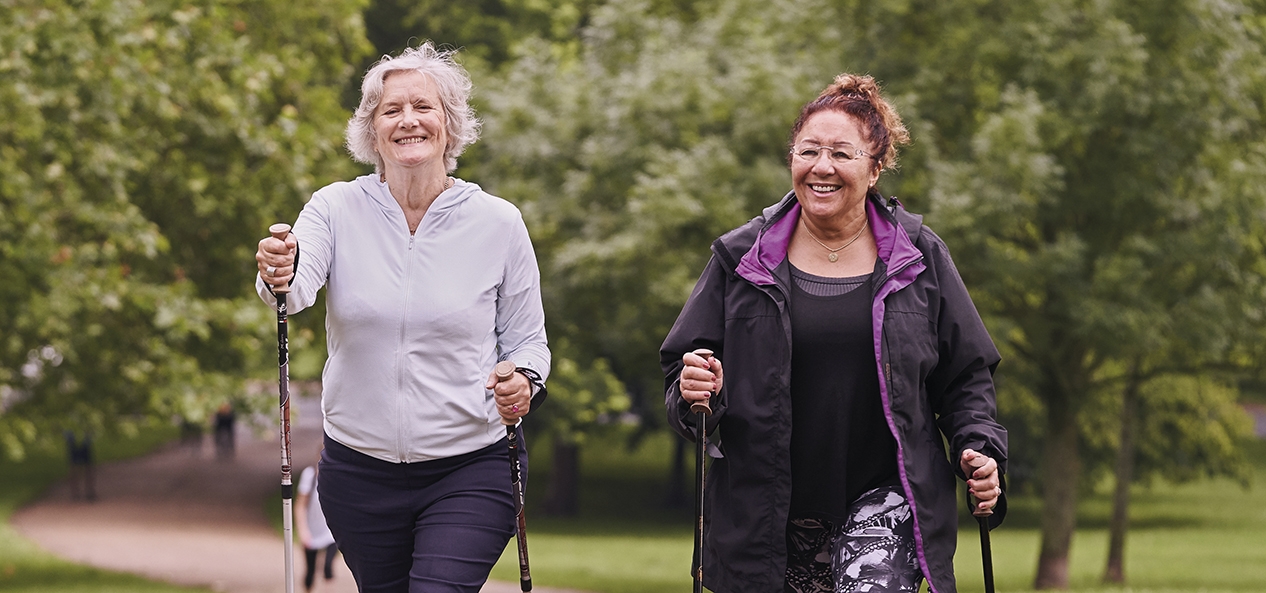The coronavirus (Covid-19) pandemic has had an unprecedented impact on activity levels throughout England, but has been most acute across disadvantaged groups and areas of high deprivation.
Sport England's latest Active Lives Adult Survey, published today, covers the period from mid-May 2020 to mid-May 2021, which includes periods of national and tiered restrictions introduced to counter the coronavirus pandemic.
National data
Compared to 12 months earlier, there were 700,000 (-1.9%) fewer active adults and 1 million (+2%) more inactive adults between mid-May 2020 and mid-May 2021.
While there are signs of recovery for activity levels as restrictions have eased, not all groups or demographics are affected or recovering at the same rate.
Existing inequalities have been widened, with some groups hit much harder by the pandemic than others. This is the case for women, young people aged 16-34, over 75s, disabled people and people with long-term health conditions, and those from Black, Asian and other minority ethnic backgrounds. Those living in deprived areas and also those in urban areas found it harder to be active.
Tackling these inequalities is already a focus and a key feature of Sport England's strategy, Uniting the Movement, and these results build an even more solid evidence base for why this work is needed and where resources and efforts should be focused.
We know that getting active can play a role in boosting the nation’s physical health and their mental wellbeing – the most active people in England have the highest levels of mental wellbeing.
This is important since overall levels of happiness have declined across the population during the pandemic, with loneliness and anxiety rising.
Data for the West of England
The West of England has seen the same trend as national activity levels, with a 2.6% decrease in the number of active adults (19,300 people) compared to 12 months earlier. Alongside an increase of 2.2% of inactive adults (22,600 people) in the same time period.
Bath and North East Somerset, Bristol City and North Somerset have all seen a decrease in the number of active adults. However, South Gloucestershire has seen a 0.1% increase compared to 12 months ago.
All 4 Unitary Authorities have seen an increase in the number of inactive adults.
Read the full article and access the data here.
